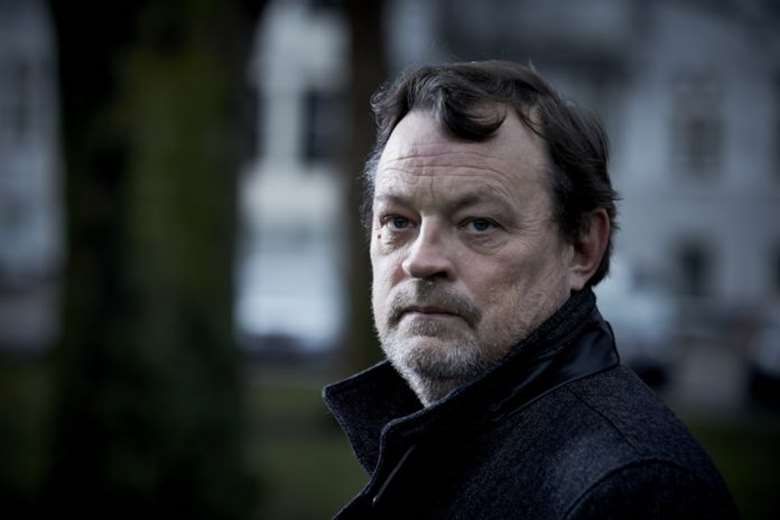Contemporary composer: Bent Sørensen
Andrew Mellor
Tuesday, November 28, 2017
Andrew Mellor points up the Dane’s stylistic integrity – his use of silence and decay, and how he seems haunted by music of the past

Register now to continue reading
Thanks for exploring the Gramophone website. Sign up for a free account today to enjoy the following benefits:
- Free access to 3 subscriber-only articles per month
- Unlimited access to our news, podcasts and awards pages
- Free weekly email newsletter








